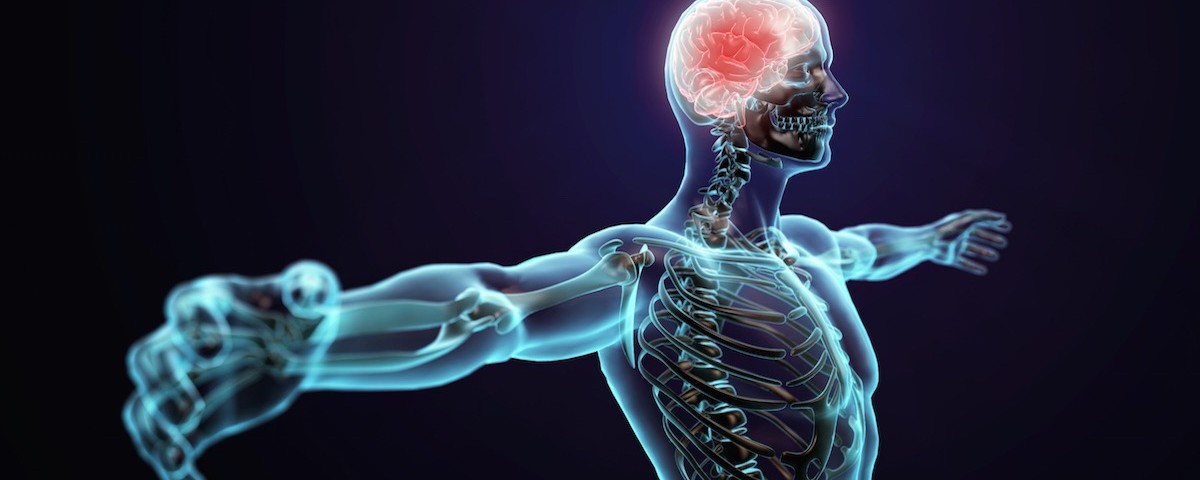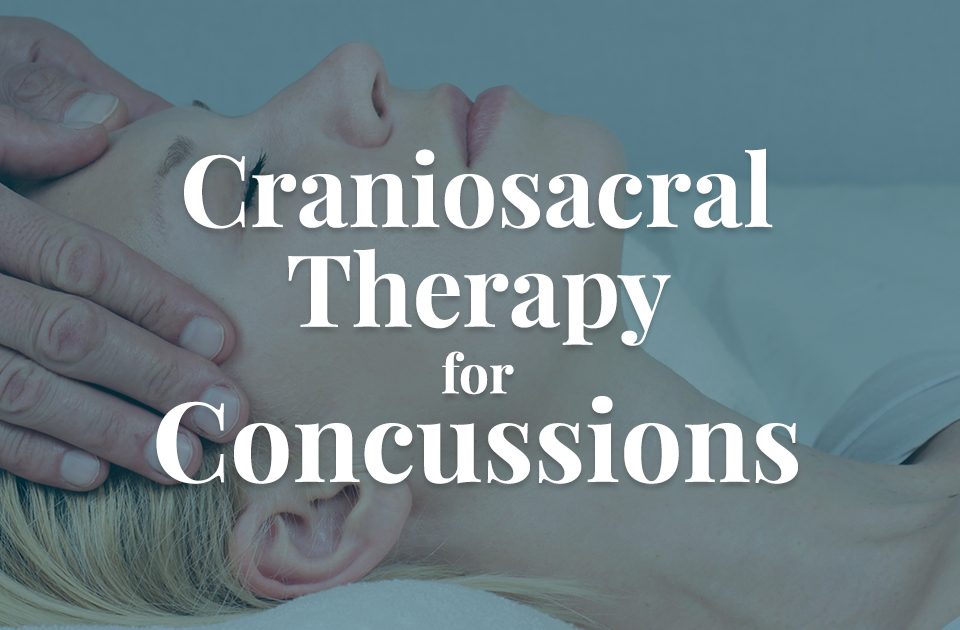Lyme Disease
August 21, 2012
Winter Immune Challenges
January 13, 2014The Social Nervous System, a New Addition to the ANS

This article is based on a 4 day Advanced Cranial Workshop I attended October 24-27th 2013 in NYC with Katherine Ukleja DO, BCST, The Vagus and Emotional Expression.Many of you have heard of the Autonomic Nervous System (ANS), the part of the peripheral nervous system that acts as the control center of the body. This system is largely involuntary and controls functions like heart rate, digestion, respiratory rate, and urination. Well, it has recently been discovered that the ANS contains an additional component, the Social Nervous System. This new addition to our body’s control center allows us to read the environment and respond to threats appropriately. There are two branches of the ANS, the parasympathetic and the sympathetic. These two divisions typically work in opposition to each other. The parasympathetic branch is known to promote a “rest and digest” response and is responsible for slowing down our bodily functions, such as heart rate, with the exception of digestion, which is enhanced by increased peristalsis, or muscular contractions, in the gut. On the other side, there is the sympathetic nervous system, which plays the role of the “fight or flight” response. This division increases the body’s energy output, through increased heart rate and respiratory rate, and inhibits peristalsis, thereby inhibiting digestion.
The newest addition to the ANS, the Social Nervous System introduced above, is a new branch of the vagus nerve and is technically called the Ventral Vagal Complex (VVC). This division operates in response to safety and is responsible for self-expression, orientation (turning our neck and head), listening, speaking, calling/asking for help, and communicating in general.
The vagus, the nerve that travels from our brain to our gut, allows us to be in touch with what’s happening inside our bodies. This communication between the brain an the gut is called interoception, or as Stephen Porges puts it, our “6th sense, what we call ‘gut feelings’ or instincts.” Not only do the nerves in our gut communicate with processing centers in the brain, they also communicate with the heart (our emotions) and the motor branches of the face and throat to regulate self-expression. This is why your heart aches when you’re emotionally hurt and why your facial expressions display what you’re emotionally feeling. These nerves play more of a role in psychological feelings than was previously acknowledged. The gut is stimulated by external stimuli, which it then relays to the brain to be integrated. This area in the brain is the key brain area for empathy and is responsible for awareness of feelings and emotions from the body. The information it receives either stimulates or inhibits the release of certain hormones and neurotransmitters; this regulation is called negative feedback.
Have you ever wondered how instincts work? These reflexes stem from neuroception, the sensory arm of the social nervous system. This is how we are able to detect safety or threat. For instance, our ability to read faces is a survival function that allows us to differentiate between friend or foe. Since the VVC communicates via nerves to the face, throat, and heart, it is adaptive in that it permits us to listen, signal for help, get more oxygen to the brain, and modulate heart rate. In addition to survival adaptations, this part of our nervous system plays a role in our ability to feel empathy and happiness by allowing us to assess another’s emotional state and connect with others.
Your facial expressions are of extreme significance; they are the link between exteroception and interoception. As a baby, this and crying was your only form of communicating with your parents in order to convey your needs. Since babies solely rely on their caregivers for survival, the acts of crying, fussing, smiling, etc. are extremely essential for their needs to be adequately met. The less these needs are met by caregivers, the slower the child is to fully develop and self-regulate. When the baby’s needs are not attended to, she will experience stress, which will eventually stimulate cortisol, a stress hormone, release from the adrenals. A build up of this stress hormone is not only detrimental to the child’s health, it can psychologically blunt their emotional development and cause them to be avoidant, making no eye contact and being withdrawn from human contact. This inability to show emotion will persist well into the child’s life and cause social anxiety, as well as health issues, such as an increased risk for heart disease.
Another important part of proper development of the social nervous system is the ability to feel empathy, which gives us a sense of connection and belonging, and is the basis of human bonds. A child with an underdeveloped social nervous system may grow up to be isolated and depressed, or even become aggressive. An impaired social nervous system results in misinterpretation of safety or threat. It also results in a weakened interoceptive “6th sense,” which will damage the ability to tune into our inside feelings, inhibiting us from feeling pleasure or pain.
The work of Biodynamic CranioSacral therapy is interactive; it permits you to get to know your own material through your own body, or your sensations and feelings. This will allow you to meet the history of another human being from a neutral place, holding them with presence and lightness. It will allow your inherent treatment plan to emerge, primary respiration to ensue, and their nervous system to come into balance.


